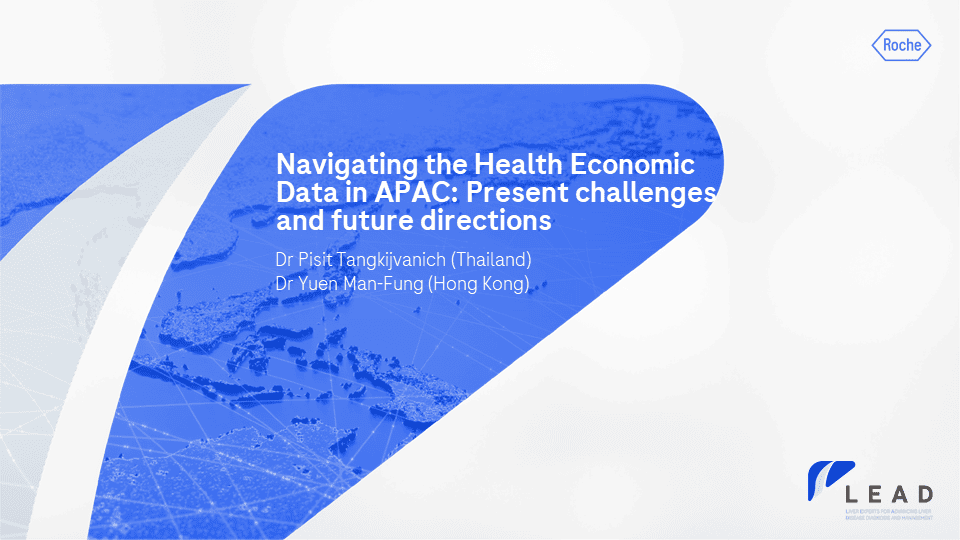Quick Summary
The recently published Chinese standards for the diagnosis and treatment of primary liver cancer [1] mention various screening strategies, including abdominal ultrasonography (US), serological tests such as alpha-fetoprotein (AFP) and protein induced by vitamin K absence/antagonist-II (PIVKA-II).
However, combined screening strategies may be associated with increased costs. The Chinese guidelines [2] highlight that there is a lack of health economic evaluations and evidence on the cost–effectiveness of different liver cancer screening strategies.
This study aims to compare the cost-effectiveness of seven screening strategies:
This was done by developing a health economic model from the Chinese healthcare system perspective to identify the most cost-effective strategy for early detection of liver cancer in patients with chronic hepatitis B in China.
References:
- General Office of National Health Commission. Standard for diagnosis and treatment of primary liver cancer (2022 Edition). Infect. Dis. Info. 35(1), 1–26 (2022).
- He J, Chen W, Shen H et al. China guideline for liver cancer screening (2022, Beijing). J. Clin. Hepatol. 38(8), 1739–1758 (2022).
